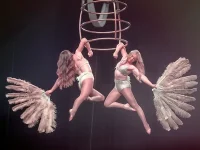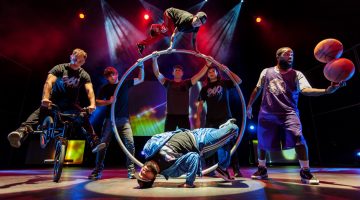Why is posture so important?
Good standing posture enables the body to effectively deal with the ever-present forces of gravity and ground reaction forces. When the body is well balanced and ‘stacked’, our muscles and joints will be at their optimal tension and our stability muscles can be working without too much excess global activation from our stronger more dominant muscles. This will assist to minimise the potential for injury to both our joints and soft tissue structures.
So what is optimal?………
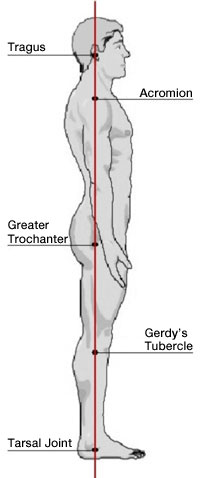 When looking at good standing posture we refer to a line through the body called the ‘plumb line’ .
When looking at good standing posture we refer to a line through the body called the ‘plumb line’ .
When a person is in an optimal standing position, certain anatomical landmarks should all be in vertical alignment when viewed from the side:
These being:
1. The tragus of the ear,
2. The acromion of the shoulder,
3. The centre/mid line of the hip,
4. Head of the fibula/ Gerdys tubercle and
5. Mid ankle joint (just below the ankle bone)
The effect of gravity pushing the body into the floor requires constant strength and activation to ‘stay upright’. When gravity wins the fight, we see deviations from plumb line such as :
- Over arched low back (hyper lordosis)
- Over flexed upper back (hyper kyphosis) normally coupled with rounded shoulders
- Forward or backwards tilt of the pelvis
- Forward head carriage / chin poke
Over time and constant repetition of these postural deviations, we can develop areas of both tightness and weakness, and furthermore,faulty timing of muscular activity. Further down the line this can lead to injury and pain. Common areas of muscular restrictions/tightness are seen in the :-
- Hip flexors
- Calf (deep and superficial)
- Upper abdomen
- Reduced thoracic extension (rib cage region)
- Tight compressed feet
- Tight under the base of the skull (can lead to headaches)
- Weak lower abdomen and core
- Weaker gluts
Below are some simple stretches to address some of these problems of tightness and help regain a more upright posture . To gain maximum benefit thay want to be performed daily for no more than 10 minutes in total.
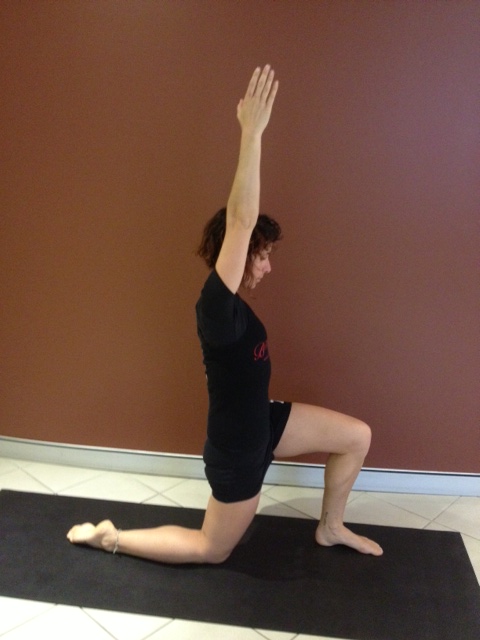
Hip Flexor Stretch// opens the front of the hip, allows neutral pelvis
- Keep the pelvis stacked over the knee
- Tuck the pelvis under to open up at the front of the hip
- Extend the stretch by reaching up with the arm
- ensure both of the feet are parallel
- Bend the back knee for the deep calf stretch
- Perform with a straight back knee also for a gastroc stretch. Again keep the back foot facing forward as it often wants to ‘flick’ out.
 Foot release with ball// enables a more mobile foot
Foot release with ball// enables a more mobile foot
- Gently press down on the ball
- Melt into areas of tension
- Don’t roll vigorously back and forth
- Lift the toes up and down to increase the stretch on the plantar fascia
 Hip release with ball// lessens tension in the hip (piriformis and gluts)
Hip release with ball// lessens tension in the hip (piriformis and gluts)
- Melt gently onto the ball, don’t roll around too quickly.
- Look for areas of tension, rest and breathe into them.
- Remain over muscle tissue and try not to massage over the bony sacrum.
 Back release with ball// enables extension in the back
Back release with ball// enables extension in the back
- Lean against a wall to apply pressure ( it can be too harsh to lie on your back on the floor)
- Move the ball on the muscle to either side of the spine
- Gently roll up and down or just hold over a tight area and ‘melt’
- Alternatively mainatain the ball in 1 spot and raise the arm up and down to allow for more extension into the back.
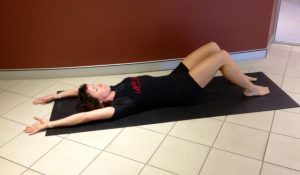 Back activation exercise// activates spinal extension muscles
Back activation exercise// activates spinal extension muscles
- Tuck the pelvis under slightly so the low back makes contact with the floor
- Gently press the arms back into the floor, feel the back extensor muscles gently engage
- Keep the shoulder blades drawing down towards the hips.
- Hold for a count of 10 and repeat 6-8 times.
Practice standing tall at every opportunity. We want to aim for 80% of our time standing well then the body can ‘mop up ‘ the 20% of slumping.
If you would like more advice on posture or an individual assessment come and see us at clinic in Surry Hills or North Sydney.
www.perfectformphysio.com



